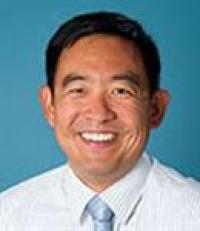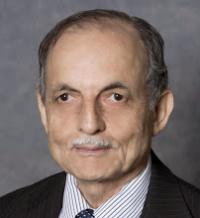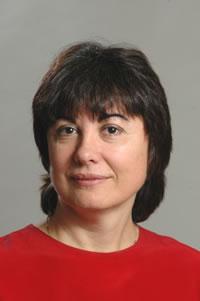Archive for February 2016
Proving the Negative: The Evolution of Nuclear Safeguards and Challenges for Implementation
SPEAKER: LANCE KIM, PH.D. DATE/TIME: MON, 02/29/2016 – 4:00PM TO 5:00PM LOCATION: 3105 ETCHEVERRY HALL Spring 2016 Colloquium Series Abstract: Under its State Level Concept, the International Atomic Energy Agency envisions a State Level Approach for safeguards implementation that considers, inter alia, a state’s nuclear and nuclear-related activities and capabilities as a whole when developing an annual safeguards…
Read MoreLow-dose Radiation: A Problem or a Solution?
SPEAKER: MOHAN DOSS, PH.D., MCCPM MEDICAL PHYSICIST ASSOCIATE PROFESSOR, DIAGNOSTIC IMAGING FOX CHASE CANCER CENTER DATE/TIME: MON, 02/08/2016 – 4:00PM TO 5:00PM LOCATION: 3105 ETCHEVERRY HALL Spring 2016 Colloquium Series Abstract: The carcinogenic effect of low-dose radiation (LDR) has been debated intensely in the scientific community over the past several decades, with many publications supporting the linear no-threshold…
Read MoreNuclear Science and Security Consortium: Training the Next Generation of Experts
SPEAKER: JASMINA VUJIC, PH.D. PROFESSOR OF NUCLEAR ENGINEERING PROGRAM DIRECTOR, NUCLEAR SCIENCE AND SECURITY CONSORTIUM UNIVERSITY OF CALIFORNIA, BERKELEY DATE/TIME: MON, 02/01/2016 – 4:00PM TO 5:00PM LOCATION: 3105 ETCHEVERRY HALL Spring 2016 Colloquium Series Abstract: The Nuclear Science and Security Consortium (NSSC) enlists seven of the Nation’s premier educational institutions and four DOE national laboratories to grow and…
Read More

